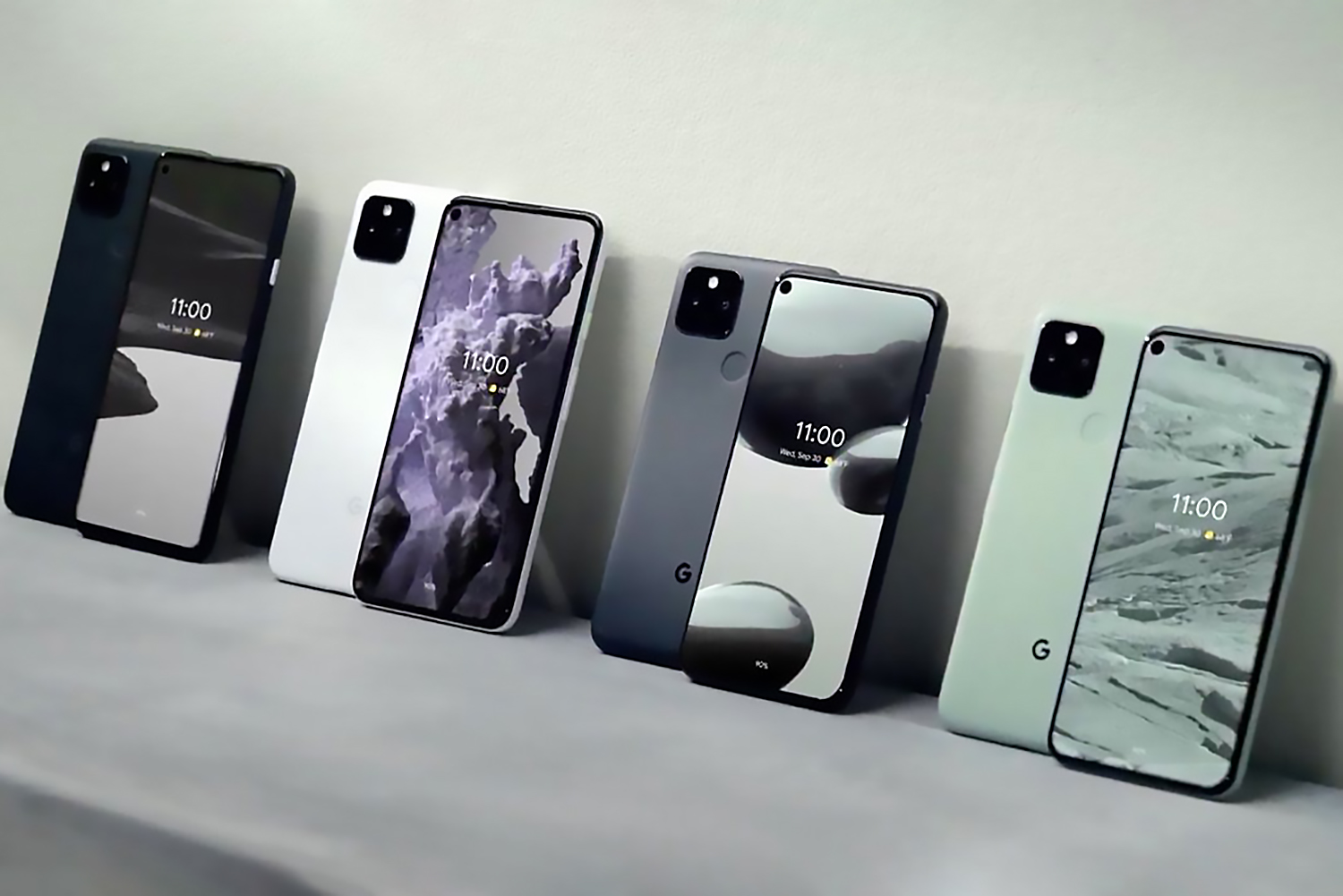The Google Pixel 5 is finally here. After months of rumors, and teases by Google itself, we now have an official look at the new phone — though it turns out it’s the same as the rumors we had heard.
Interested in the Pixel 5 for yourself? Here’s everything you need to know about Google’s latest and greatest device. It’s also worth checking out the Pixel 4a 5G — which is $200 cheaper than the Pixel 5 and offers many of the same features.
Here’s everything we know about the Google Pixel 5 so far.
Google Pixel 5 Review
The Google Pixel 5 is now in our hands, and we’ve put together a full review of the new device, so you can get an idea of what we think of it, and whether or not you should buy it for yourself.
Generally, we found that the Pixel 5 offers a great display and solid battery life, along with that stock Android experience that we already know and love.
Read our full review of the Google Pixel 5
Google Pixel 5 price and availability
Now that the Pixel 5 is official, you might be wondering how you can get your hands on one for yourself. Turns out, however, it’s a little complicated.
In the U.S., the Pixel 5 will be available starting October 29 for $699, and you’ll be able to get it from Verizon or Google Fi, or unlocked from Amazon or the Google Store. It will also be coming to AT&T, though a date for the AT&T release has yet to be revealed.
Outside of the U.S., the Pixel 5 is now available, though only in eight countries. Those countries include the U.K., France, Germany, Ireland, Japan, Taiwan, and Australia. Hopefully, it’ll eventually be available in other countries too — though there’s no official word on that.
Google Pixel 5 design and display

The Google Pixel 5 has a new design. Well, new compared to the
The build quality is likely solid, too. The back of the device is recycled aluminum with a resin covering — so it should be able to survive most minor bumps and falls.
The display on the device is likely to be more than good enough for most people. It’s an OLED display, and while it has a 1080p resolution instead of a 1440p resolution like other flagship devices, it retains the 90Hz refresh rate that users loved from the
Google Pixel 5 specs
Here’s a quick rundown of the specs on offer by the Google Pixel 5.
| Google Pixel 5 | |
| Screen size | 6-inch OLED |
| Screen resolution | 1080p |
| Operating system | Android 11 |
| Storage | |
| Tap-to-pay services | Google Pay |
| Processor | Qualcomm Snapdragon 765G |
| RAM | 8GB |
| Camera | 12MP wide-angle
16MP ultra-wide |
| Bluetooth version | 5.0 |
| Ports | USB-C |
| Fingerprint sensor | Yes, rear-mounted |
| Water resistance | IP68 |
| Battery | 4000mAh
Fast Charging (18W) Qi wireless charging |
| App marketplace | Google Play Store |
| Network support | Most major U.S. carriers |
| Price | $699 |
Unlike the
There’s only one storage option on offer here — 128GB. While more options are always nice, it’s a good thing that Google went for 128GB and not 64GB — for most users, 128GB will be more than enough. And it’ll be way more than enough for those who rely on cloud storage for things like photos and streaming services for things like music. Further limiting options is the fact that there’s no Pixel 5 XL — just the standard Pixel 5.
The battery sits in at 4,000mAh, and considering the 1,080p resolution and OLED display, that should make for a good battery life — though we’ll have to wait until we can test the phone to confirm that. And if it’s not enough, it supports a range of charging options, including Qi wireless charging and 18W fast charging. Interestingly, considering the Pixel 5 has a metal back, Google built a small hole in the back of the phone through which it was able to thread a wireless charging sensor.
Google Pixel 5 cameras

Of course, one of the main reasons to buy a Pixel phone has always been the camera. This time around, Google has included a dual-sensor camera — and instead of the telephoto lens on the
The main camera sits in at 12 megapixels, while the ultra-wide camera is 16MP, with a 107-degree field of view. Around the front, there’s an 8MP selfie cam.
What about the Pixel 4a 5G?

The Pixel 5 looks to be a great deal, but the Pixel 4a 5G may be an even better deal. The Pixel 4a 5G comes in at $500 and will be available starting in November. It has the same processor, same cameras, same software experience, and the same overall design. It is missing the 90Hz refresh rate, the aluminum build, and wireless charging, and it has only 6GB of
It’s also important to note that the Verizon model of the Pixel 4a
Editors' Recommendations
- Something strange might happen to the Google Pixel Fold 2
- Here’s every color that will be available for the Google Pixel 8a
- The Google Pixel 8a leaked again, and now I’m nervous
- Google Pixel Watch 3: news, rumored price, release date, and more
- Everything you need to know about the massive Apple App Store outage
